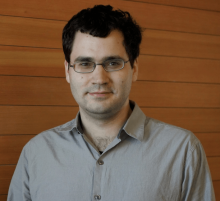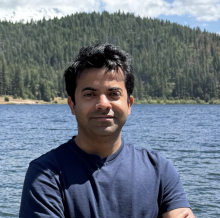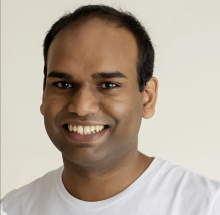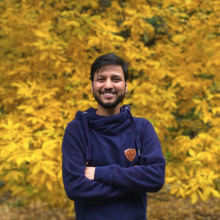Summary
Disclaimer: This summary has been generated by AI. It is experimental, and feedback is welcomed. Please reach out to info@qconsf.com with any comments or concerns.
The presentation "Producing the World's Cheapest Tokens: A How-to Guide" by Meryem Arik, Co-founder and CEO of Doubleword, explores strategies to reduce the cost of AI inference tokens effectively. Below is a structured summary of the key points from the presentation:
Introduction
Meryem Arik introduces the problem of high costs in AI inference and emphasizes the importance of designing cost-effective inference systems. Her goal is to guide the audience through creating systems that generate tokens at minimal costs compared to general-purpose setups.
Key Concepts
- Inference Economics: The session breaks down the economics of AI inference, identifying areas where cost reductions can be achieved.
- Optimization Tactics: Focus is placed on optimization techniques applicable across different types of AI workloads, illustrating how to achieve efficiency without sacrificing performance.
Methodologies for Cost Reduction
- Hardware Optimization: Importance of choosing the right hardware for inference tasks to maximize cost efficiency. The talk compares Nvidia and AMD GPUs to highlight differences in performance and cost-effectiveness.
- Batch Processing: Advocates for batch-specific optimizations and uses scheduling techniques like queue reordering and bin packing to minimize idle time and efficiently utilize resources.
Real-world Applications
Examples of successful cost reduction in real-world scenarios are provided, including a case study with a financial services company that significantly reduced their annual costs from $350,000 to approximately $130.
Conclusion
The presentation concludes by emphasizing the significance of aligning inference strategies with specific use cases to uncover substantial cost savings possibilities. The speaker also notes that cheaper token production often leads to the discovery of more applicable use cases.
This is the end of the AI-generated content.
Abstract
AI inference is expensive, but it doesn’t have to be. In this talk, we’ll break down how to systematically drive down the cost per token across different types of AI workloads. Using real-world examples from data transformation, offline agents, and aggregated insights, we’ll unpack how to measure, optimize, and ultimately produce the world’s cheapest tokens. The session will be hardware-agnostic, featuring analysis of both Nvidia and AMD GPUs, and will include advice which can be implemented by using open-source serving frameworks such as Dynamo, vLLM, and SGLang.
What you'll take away:
- Token Economics 101 - Understand what actually drives cost per token
- Inference Optimization Tactics that can be used to drive down unit economics depending on the AI workload type
- Right GPU, Right Job - Ho two choose hardware and deployment strategy for maximum cost performance
Speaker
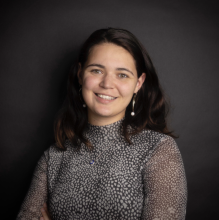
Meryem Arik
Co-Founder and CEO @Doubleword (Previously TitanML), Recognized as a Technology Leader in Forbes 30 Under 30, Recovering Physicist
Meryem is the Co-founder and CEO of Doubleword (previously TitanML), a self-hosted AI inference platform empowering enterprise teams to deploy domain-specific or custom models in their private environment. An alumna of Oxford University, Meryem studied Theoretical Physics and Philosophy. She frequently speaks at leading conferences, including TEDx and QCon, sharing insights on inference technology and enterprise AI. Meryem has been recognized as a Forbes 30 Under 30 honoree for her contributions to the AI field.



